Jump to:
Amidst the growing popularity of rattan furniture, a concern lingers. Does rattan furniture go mouldy?
Mould is a dreaded enemy that can wreak havoc on furniture. If overlooked, it can cause unsightly stains, unpleasant odours, and potential health risks. Given rattan’s organic nature, it’s natural to wonder if it is susceptible to mould growth.
But there is another alternative that deserves attention: synthetic rattan. It offers the allure of natural rattan with increased weather resistance. The question, though, is if it makes an exception.
Synthetic Rattan Overview

Synthetic rattan garden furniture is a popular alternative to natural rattan. It mimics the appearance of the genuine one while offering improved durability. It is typically made from high-quality, weather-resistant synthetic materials such as polyethene (PE). In most modern furniture, man-made material is woven onto sturdy aluminium frames.
In terms of mould susceptibility, synthetic rattan furniture is less prone to it. The materials used are non-porous and don’t absorb moisture as readily as natural ones. This makes it more resistant to mould formation.
But the case is different if the furniture is exposed to damp conditions or high humidity. Meaning mould may still develop on the cushions or other fabric components.
The Conditions for Mould Growth

Mould requires specific environmental conditions to thrive. The same principles apply to synthetic rattan furniture.
High humidity is a key factor that can promote mould growth. A great example is when moisture levels in the air are elevated. In such a case, this creates a conducive environment for mould spores to settle and multiply. Poor ventilation exacerbates this issue by trapping humid air around the furniture. In return, this increases the likelihood of mould formation.
Exposure to moisture is another critical factor. It’s true that synthetic rattan itself is less susceptible to mould than natural rattan. However, the fabric cushions and other components may still be vulnerable. If these parts are consistently exposed to moisture, e.g., rainwater, mould can develop.
While synthetic rattan is generally more resistant, it’s not completely immune. Neglecting care and prolonged high-humidity exposure can still lead to mould growth. Thus, understanding the environmental conditions and taking preventive measures is crucial.
Rattan’s Resistance to Mould

The synthetic materials used have inherent properties that deter mould formation. They are non-porous, meaning they have low moisture absorption rates, hindering mould growth. Furthermore, rattan, whether natural or synthetic, is less prone to other materials.
Rattan furniture, in general, is typically woven in a way that allows for airflow. This prevents the accumulation of moisture and reduces the likelihood of mould development. The smooth surface of synthetic rattan also makes it less conducive for mould to latch onto.
The low moisture absorption properties of rattan are another factor. Such an ability repels and dries out moisture quickly. It creates an unfavourable environment for mould spore germination.
Maintaining Rattan Furniture to Prevent Mould

To keep rattan furniture mould-free, follow these practical tips:
- Regular cleaning is crucial. Use a soft brush or vacuum with a brush attachment to remove dust and debris. For deeper cleaning, a mild soap solution and a soft cloth can be used to wipe down the furniture gently.
- Dusting regularly helps prevent the accumulation of moisture and potential mould growth. Avoid excessive exposure to water. Instead, use a damp cloth for spot cleaning and immediately dry the area afterwards.
- Consider storing rattan furniture indoors or in a covered area. Do so during rainy seasons or in high-humidity environments. This will significantly reduce the risk of mould formation.
Additional Precautions
High humidity creates a favourable environment for moulds to thrive. Thus, maintaining proper indoor humidity levels is crucial. Use a hygrometer to measure humidity levels and ensure they stay below 50%.
Dehumidifiers and air purifiers are also effective tools. Dehumidifiers remove excess moisture from the air, reducing the risk of mould formation. Air purifiers filter out airborne mould spores, further minimising mould growth.
Additionally, placing rattan furniture in well-ventilated areas allows for better air circulation. Avoid exposing the furniture to direct sunlight for prolonged periods. Or else excessive heat and UV rays can cause the rattan to dry out and become more susceptible to mould.
Round-up
Synthetic rattan offers enhanced durability and a higher level of resistance than natural. And although that’s true, we’ve learned it still requires care and attention. Regular cleaning, avoiding excessive moisture, and maintaining proper indoor humidity levels are key. With these habits, you can enjoy your rattan furniture without the worry of mould growth.
Overall, the answer lies in understanding the material and implementing proper maintenance practices.
Shop Rattan Garden Furniture

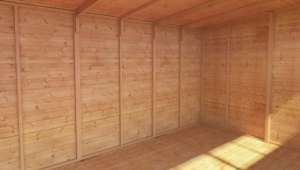

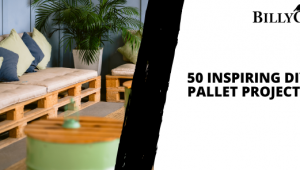
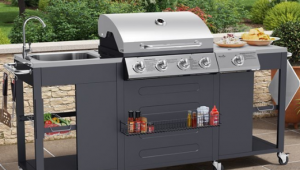


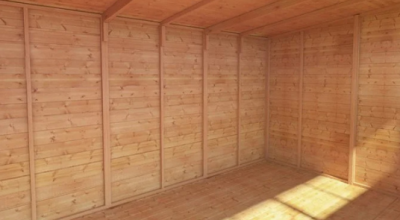
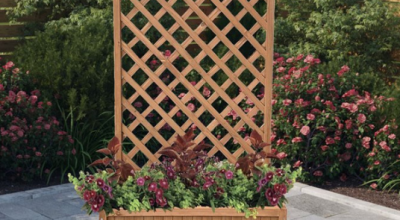
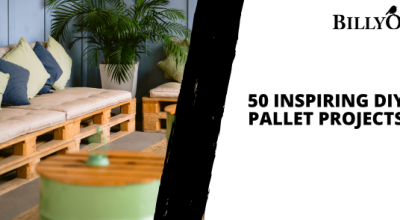
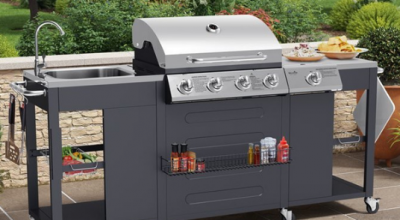

What do you think ?